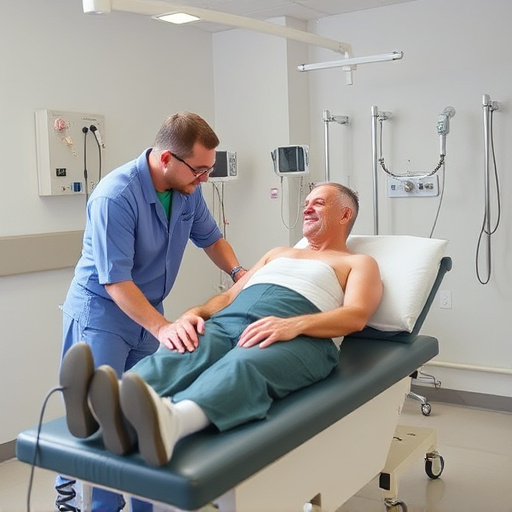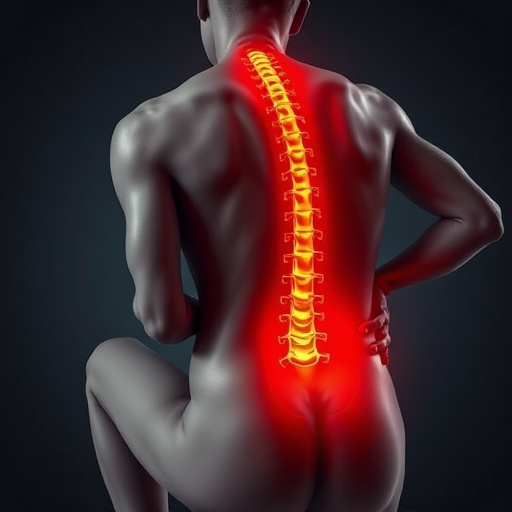Returning to work after a spine injury involves collaboration between workers and employers. Workers should follow their medical team's treatment plan, focusing on pain reduction, mobility improvement, and strength enhancement through therapies like physical rehabilitation. Key steps include setting achievable goals, regular communication with the medical team, active participation in recommended activities, and advocating for workplace accommodations. Employers should implement safe environments with adjustable desks, ergonomic furniture, or modified tasks, along with offering pain management guidance and emotional support.
Returning to work after a spine injury can be a challenging yet rewarding journey. This article guides you through the process of navigating your recovery and career transition with a focus on understanding your treatment plan, step-by-step return-to-work strategies, and securing accommodations for a successful career post-injury. Learn how to effectively collaborate with your healthcare providers, employers, and workers’ compensation specialists to ensure a smooth transition back into the workforce.
- Understanding Your Spine Injury Workers Comp Treatment Plan
- Navigating Return to Work After Recovery: Step-by-Step Guide
- Accommodations and Support for Successful Career Transition Post-Injury
Understanding Your Spine Injury Workers Comp Treatment Plan
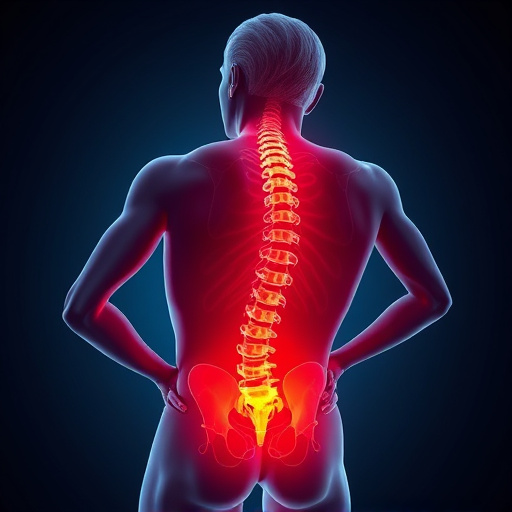
Returning to work after a spine injury can be daunting, but understanding your workers’ comp treatment plan is a crucial step in this process. Your healthcare provider will create a personalized roadmap for recovery, focusing on reducing pain, improving mobility, and enhancing strength. This plan typically includes various therapies like physical rehabilitation, which targets specific exercises for muscle recovery and posture correction, especially after car accident injuries that lead to neck pain.
The treatment journey involves setting achievable goals, from basic movement to return-to-work readiness. It’s essential to stick to the prescribed schedule, attend all appointments, and actively participate in recommended activities. Regular communication with your medical team is key to ensuring the plan adapts to any changes in your condition, allowing for a smoother transition back into your professional life.
Navigating Return to Work After Recovery: Step-by-Step Guide
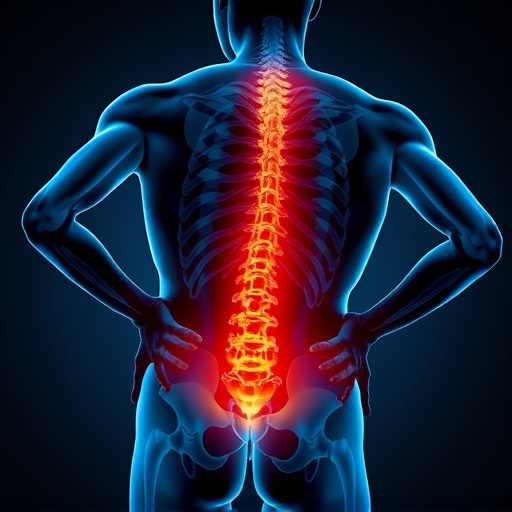
Returning to work after a spine injury can be daunting, but with the right approach, it’s possible to make a successful transition. Here’s a step-by-step guide to help navigate this process:
1. Consult Your Healthcare Team: Before making any plans, consult your doctor, physiotherapist, or healthcare provider who has been involved in your spine injury workers comp treatment. They can assess your recovery progress, provide guidance on your physical capabilities, and offer recommendations tailored to your specific needs. This step is crucial as it ensures a safe return to work.
2. Understand Your Capabilities: Based on your healthcare team’s advice, create a list of activities you can perform comfortably. Identify tasks that might be physically demanding or cause pain, especially in the initial stages of recovery. Be honest with yourself and your employer; communicate any limitations clearly. This transparency will help your employer accommodate your needs, perhaps by adjusting job duties or providing necessary support, such as ergonomic equipment or modified workstations.
3. Gradual Return: Many healthcare professionals recommend a gradual return to work rather than diving back in at full capacity. Start with lighter duties or a reduced workload for a few weeks, gradually increasing responsibilities as you gain strength and endurance. This approach allows your body to adjust, minimizing the risk of setbacks. You can discuss specific strategies, like incorporating periodic rest breaks or working in shifts, to manage any physical demands.
4. Explore Treatment Options: If you’re still experiencing pain or discomfort, consider complementary treatments alongside traditional physical therapy. Shockwave therapy, for instance, has shown promise in managing chronic pain and aiding in sports injury recovery. It’s non-invasive and may offer additional relief.
5. Stay Active (but Smart): Physical activity is essential for recovery and maintaining strength. Engage in activities that align with your doctor’s recommendations, such as gentle exercises or swimming, which can help improve mobility without putting excessive strain on the spine. Avoid any high-risk activities or sports until cleared by your healthcare provider.
6. Accommodating Work Environment: Discuss possible accommodations with your employer to ensure a comfortable work environment. This could include adjustable desks, ergonomic chairs, or modified keyboard and mouse setups to reduce strain. A supportive work environment can significantly impact your overall well-being and productivity during recovery.
Accommodations and Support for Successful Career Transition Post-Injury
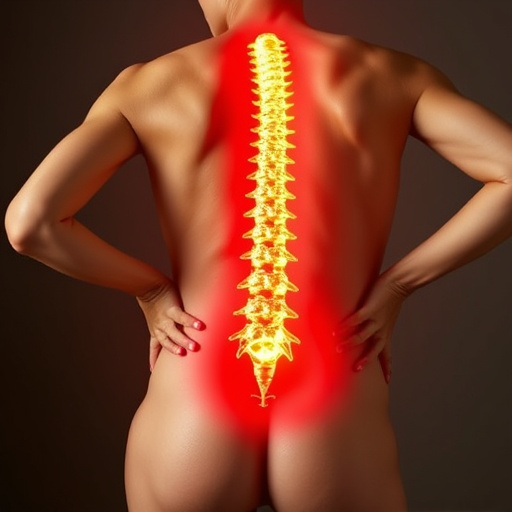
Returning to work after a spine injury can be a challenging yet rewarding process. Accommodations play a crucial role in facilitating this transition. Employers should collaborate with employees to identify and implement necessary adjustments, ensuring a safe and supportive environment. This might include adjustable desks, ergonomic furniture, or modified tasks to accommodate physical limitations resulting from the spine injury workers comp treatment.
Supportive measures extend beyond workplace adaptations. Healthcare professionals can offer guidance on managing pain, such as recommending exercises for joint pain relief or providing advice on neck pain treatment. Additionally, peer support and counseling can help individuals navigate the emotional aspects of returning to work after a sports injury treatment, fostering a successful career transition.
Returning to work after a spine injury can be a challenging yet rewarding journey. By understanding your Workers Comp treatment plan, following a structured return-to-work guide, and leveraging accommodations tailored to your needs, you can successfully transition back into your career. Remember, with the right support and adaptations, individuals with spine injuries can not only return to work but thrive in their professional roles. Embrace this new chapter with determination, and let these strategies be your compass as you navigate your path forward.





